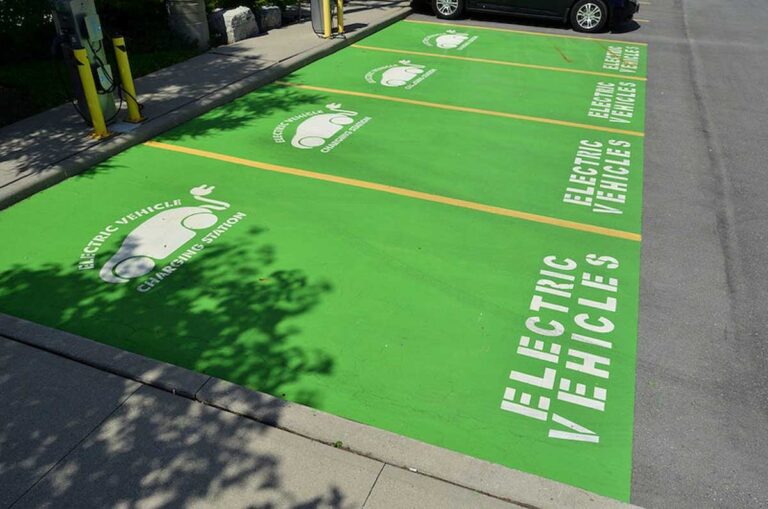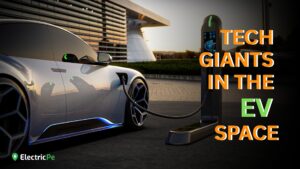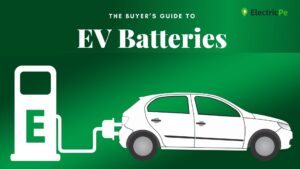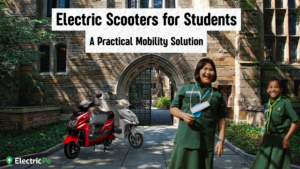The Union Cabinet recently approved the PM E-Drive (Electric Drive Revolution in Innovative Vehicle Enhancement) scheme, replacing the previous FAME II subsidy.
With the FAME II subsidy ending on March 31, 2024, and the temporary EMPS scheme having been in place until September 2024 with an outlay of ₹778 crore, the new PM E-Drive scheme aims to accelerate EV adoption in India.
In this blog, we explain the scheme, its fund allocation and how you can benefit from it.
PM E-Drive Scheme Outline
The PM E-Drive scheme is set for a 2-year period with a substantial allocation of ₹10,900 crore. It offers subsidies for electric two-wheelers, three-wheelers, trucks, buses, and ambulances.
However, unlike the FAME schemes, the new scheme does not provide subsidies for electric and hydrogen cars or SUVs.
A significant portion of the scheme’s funding—₹4,391 crore—is dedicated to procuring 14,028 electric buses for state and public transport units. Additionally, ₹2,000 crore is allocated for installing 22,100 fast chargers for four-wheelers, 1,800 fast chargers for electric buses, and 48,000 chargers for electric two and three-wheelers.

E-Voucher System Under PM E-Drive
A key feature of the scheme is the introduction of an e-voucher system designed to streamline the subsidy and incentive process.
Buyers will receive an Aadhaar-authenticated e-voucher sent to their registered mobile number after purchasing an EV. This voucher enables them to claim the scheme’s incentives.
The digital voucher system aims to make the subsidy process more transparent and accessible across India.
EV Adoption in India
Despite growing interest in electric vehicles (EVs), many in India still experience range anxiety, causing hesitation among potential buyers. The PM E-Drive scheme addresses this by reducing the cost of ownership and developing charging infrastructure for various vehicle categories nationwide.
Click here to read more details on the scheme.
Also Read: Bengaluru’s EV Revolution





